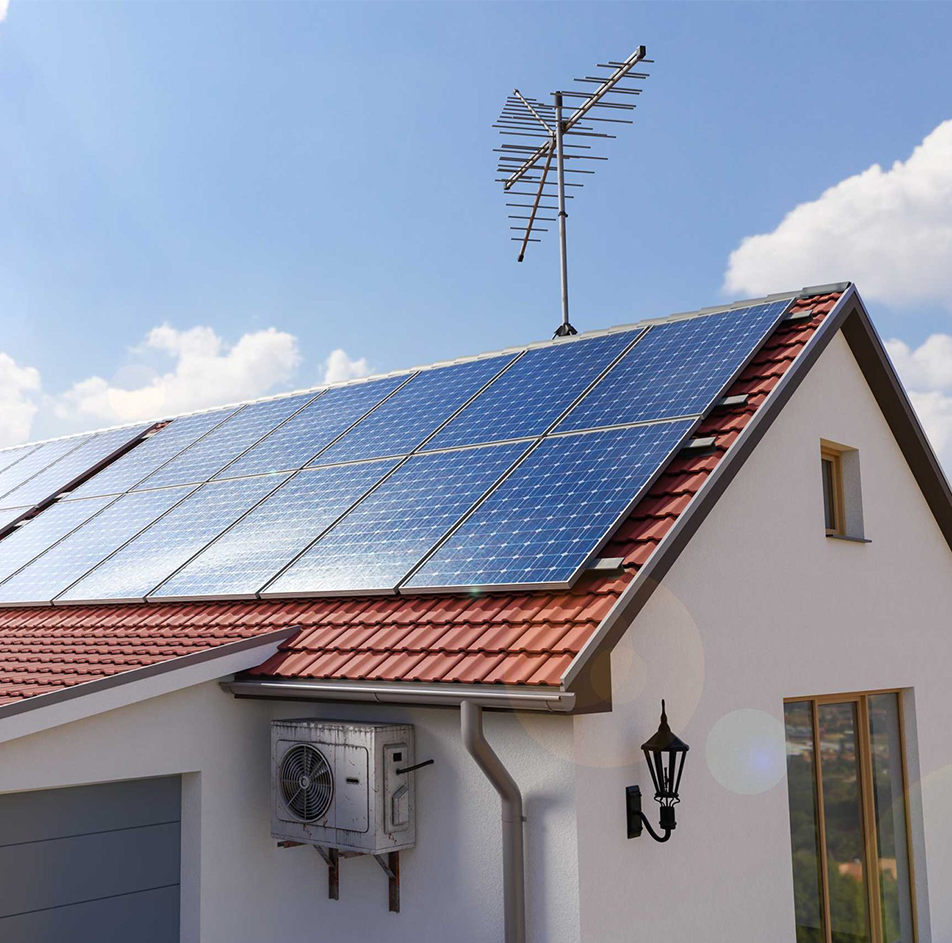
How to Size Your Home Solar System in 2023?
As the cost of solar panels continues to drop, more and more homeowners are looking to install solar panels on their roofs. A home solar system can help you save money on your electricity bill and reduce your carbon footprint. But before you start shopping for solar panels, you need to know how to size your home solar system. Here are the steps you should follow:
Step 1: Calculate Your Daily Energy Consumption
The first step in sizing your home solar system is to calculate your daily energy consumption. This can be done by reviewing your electricity bills or using an online calculator. You need to know how many kilowatt-hours (kWh) of electricity your home uses on an average day.
Step 2: Determine Your Energy Needs During Peak Hours
The next step is to determine your energy needs during peak hours. Peak hours are the times of day when you use the most electricity. For most people, this is during the late afternoon and early evening hours. You need to know how many kWh of electricity you use during these peak hours.
Step 3: Determine Your Roof’s Solar Potential
The amount of electricity your solar system can generate depends on the amount of sunlight that hits your roof. You need to determine your roof’s solar potential by evaluating its orientation, tilt, shading, and size. A south-facing roof with a tilt of 30 degrees is ideal, but east or west-facing roofs can work too. You should also consider any obstructions, such as trees or buildings, that may shade your roof during peak hours.
Step 4: Calculate Your Solar System Size
Based on your daily energy consumption, energy needs during peak hours, and roof’s solar potential, you can calculate the size of your home solar system. The size of a solar system is measured in kilowatts (kW). The formula for calculating the size of your solar system is:
Solar System Size (kW) = Peak Hour Energy Needs (kWh) / Peak Sun Hours
Peak sun hours are the number of hours per day when the sun’s intensity is at its highest. This varies depending on your location and the time of year. You can find peak sun hour data for your location online.
Step 5: Choose Your Solar Panels
Once you know the size of your solar system, you can choose the right solar panels for your home. Solar panels come in different sizes and efficiencies. Higher efficiency panels will produce more electricity in a smaller space, but they may be more expensive. You should also consider the manufacturer’s warranty, durability, and aesthetics.
Step 6: Hire a Professional Installer
Finally, you should hire a professional solar installer to install your solar panels. They will ensure that your solar system is installed correctly and safely. They will also help you obtain any necessary permits and approvals from your local government.
In conclusion, sizing your home solar system requires a few simple calculations and considerations. By following these steps, you can choose the right size solar system for your home and start enjoying the benefits of solar power. Remember, a solar system is an investment that will pay off in the long run by reducing your electricity bill and helping to preserve the environment.